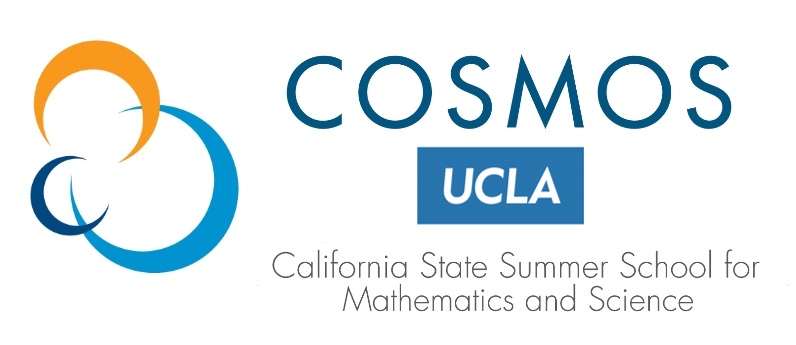Instructors
Matteo Pellegrini, Professor, Department of Molecular Cell and Developmental Biology, UCLA
Lukasz Salwinski, Project Scientist, UCLA-DOE Institute for Genomics and Proteomics, UCLA
Coursework Prerequisites
The prerequisite for this cluster is a class in Biology. Basic exposure to any programming language is preferred but not required.
Course Description
This intensive four-week summer course introduces high school students to the exciting field of computational biology, where computer science meets molecular biology. Students will explore how scientists analyze genomic and proteomic data to uncover the secrets of life’s molecular machinery.
The course begins with an introduction to genome analysis, teaching students how to “read” DNA sequences and identify genes using automated gene prediction tools. From there, we will explore how to interpret the functions of the encoded proteins through sequence alignment and comparative analysis. Students will then investigate the evolutionary relationships among proteins by reconstructing phylogenetic trees, and finally, they will use cutting-edge AI-based methods to predict protein structure and protein-protein interactions from sequence.
By the end of the course, students will have followed the complete path of biological information — from DNA to protein structure and function — gaining insight into the fundamental processes that drive molecular biology.
No prior experience in programming or biology is required — just curiosity, enthusiasm, and a desire to explore how modern computational tools are transforming our understanding of biology.

Structure
Each day will include morning lectures introducing key concepts and afternoon hands-on labs where students apply these techniques to real biological data.
Final Project
Working in teams, students will also complete a group research project, analyzing a specific set of genes and their corresponding proteins in depth, culminating in a short presentation and poster of their findings.
Possible Field Trips
We will visit several facilities at UCLA that illustrate how biological data is collected using cutting edge instrumentations. These will include a genomic and sequencing core as well as a structural biology core. We will also organize extramural field trips to the Natural History Museum and the California Science Center.
